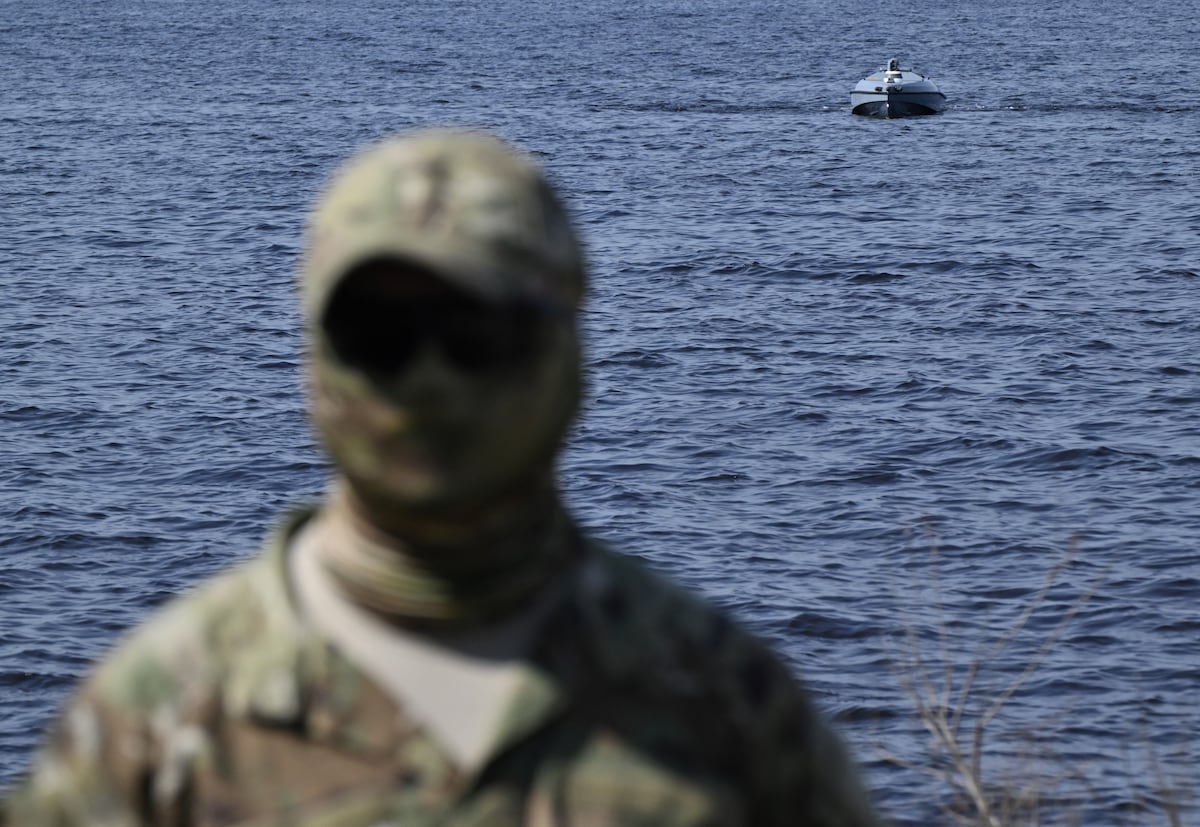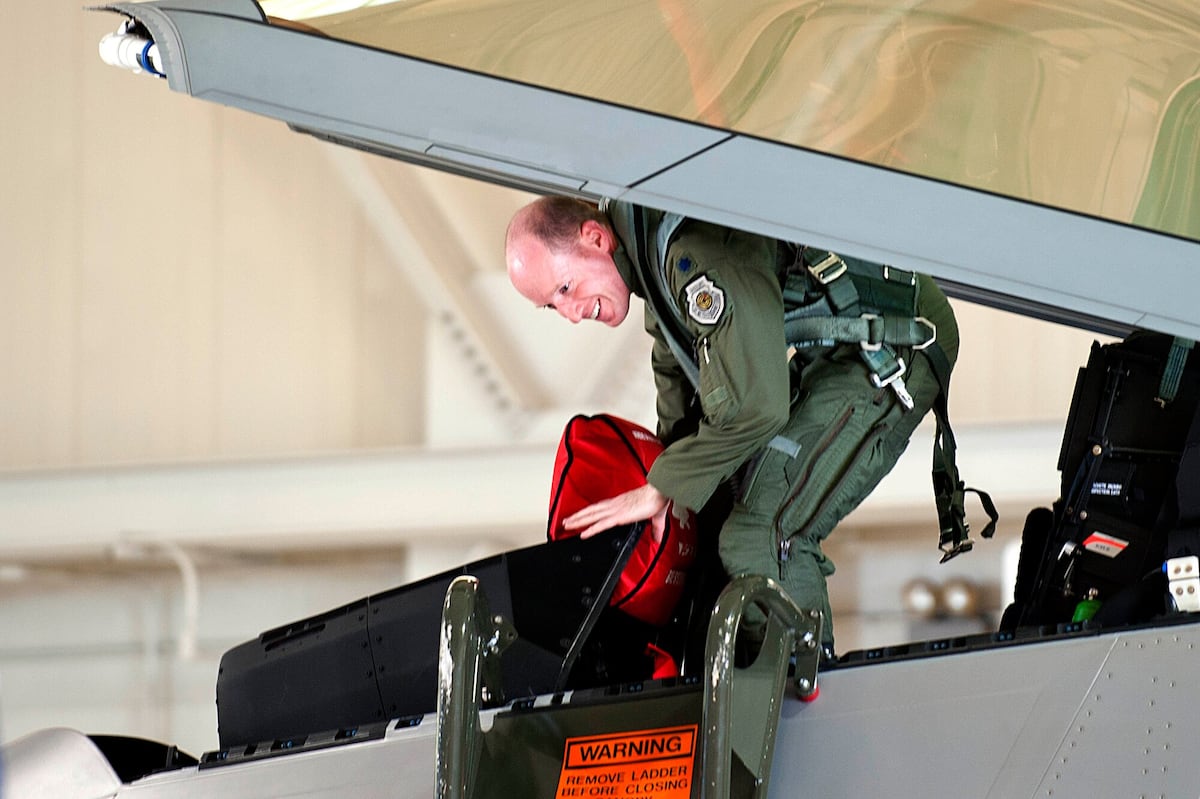MILAN — Ukraine’s fleet of unmanned surface vessels is expanding with the emergence of a new, smaller type dedicated to riverine warfare for countering Russian presence in key waterways.
Ukrainian firm NoviTechNe debuted this month a new one-meter-long USV dubbed the Ursula, according to United24 Media, a government-run news website focused on Ukraine.
The multi-function system is said to be able to conduct river reconnaissance, act as a floating mine or as a drone carrier to launch two-kilogram, first-person-view drones from the water.
In a video published by the manufacturer, the naval drone is seen maneuvering through riparian vegetation while carrying what appears to be a small FPV drone.
The Ursula is not the first USV of this type that Ukrainian companies are experimenting with.
Over the winter, Brave1, a government defense-technology hub tasked with getting new capabilities field-ready, reported that Ukrainian troops were trialling the Black Widow 2. The system, which also measures roughly one meter in length, has a reported payload of three kilograms and a range of 10 kilometers.
What makes these riverine naval drones stand out is their low profile and compact size, especially in comparison to the much larger USVs Ukraine typically uses, such as the Magura variant and Seababy, that measure up to six meters.
“Ukraine’s focus on developing these brown-water USVs stems from the need to counter Russian activities along the Dnipro river basin, especially in the Kherson area – they had to develop specific capabilities and units to navigate a vast network of canals and attack the adversary,” Federico Borsari, fellow for transatlantic defense at the Center for European Policy Analysis, said.
Ukrainian forces could, for example, use these platforms to carry and launch an FPV from unfamiliar spots in proximity to Russian positions along the low Dnipro river or even to strike slower enemy resupply boats.
According to Borsari, the smaller size of such USVs, although at the expense of a larger payload capability, is better suited for river channels as they can be more agile and maneuverable for defensive and discreet offensive missions.
Size is the most important metric, he argues, when developing systems intended to operate in shallow waters.
Rivers such as the Dnipro, of which 981 kilometers flow through Ukraine, have played a central role throughout the war, acting as natural defensive lines. Their bridges have been vital targets and chokepoints that both sides have tried to take advantage of.
Riverine capabilities bring their own set of tactical challenges. They often include natural obstacles such as sandbanks, vegetation, branches or tall groves, which can make navigation more challenging and prone to interference. Water levels also change frequently, which makes navigation unpredictable.
Elisabeth Gosselin-Malo is a Europe correspondent for Defense News. She covers a wide range of topics related to military procurement and international security, and specializes in reporting on the aviation sector. She is based in Milan, Italy.
Read the full article here








Leave a Reply